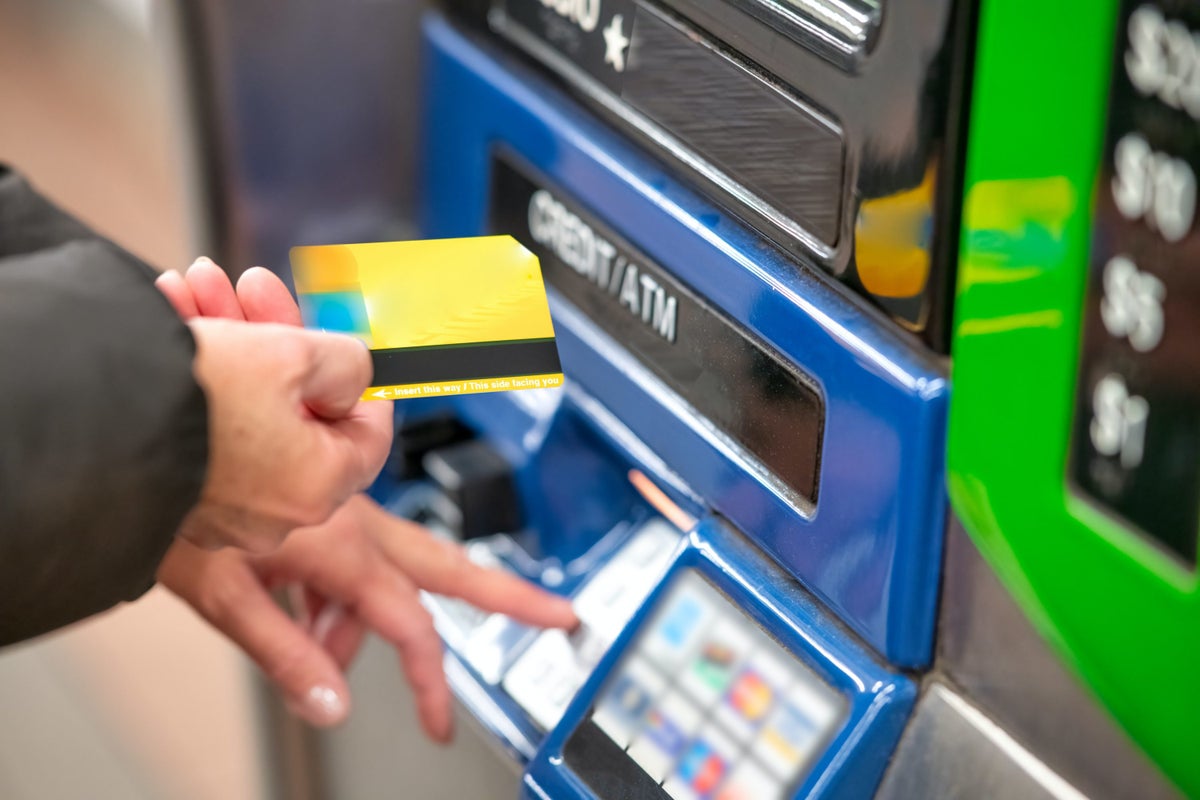Christine Krzyszton
Christine Krzyszton
Senior Finance Contributor
385 Published Articles
Countries Visited: 100U.S. States Visited: 45
Christine ran her own business developing and managing insurance and financial services offices. This stoked a passion for points and miles and she now has over 2 dozen credit cards and creates in-dep...
Edited by: Jessica Merritt
Jessica Merritt
Senior Editor & Content Contributor
272 Published Articles 980 Edited Articles
Countries Visited: 4U.S. States Visited: 23
A long-time points and miles student, Jessica is the former Personal Finance Managing Editor at U.S. News and World Report and is passionate about helping consumers fund their travels for as little ca...
& Keri Stooksbury
Keri Stooksbury
Editor-in-Chief
112 Published Articles 3834 Edited Articles
Countries Visited: 54U.S. States Visited: 28
Editing with Upgraded Points for over 6 years, as editor-in-chief, Keri manages the editorial calendar and oversees the efforts of the editing team and over 20 content contributors, reviewing thousand...
![Why You Should Avoid Dynamic Currency Conversion [2024]](https://upgradedpoints.com/wp-content/uploads/2023/01/Dollars-and-Euros.jpg?auto=webp&disable=upscale&width=1200)


![Milestone® Mastercard® – $700 Credit Limit — Full Review [2025]](https://upgradedpoints.com/wp-content/uploads/2020/05/Milestone-Gold-Mastercard.png?auto=webp&disable=upscale&width=1200)
![Citi Simplicity® Card — Review [2025]](https://upgradedpoints.com/wp-content/uploads/2019/11/Citi-Simplicity-Card.png?auto=webp&disable=upscale&width=1200)
![Indigo Platinum Mastercard ��– Full Review [2025]](https://upgradedpoints.com/wp-content/uploads/2020/05/Indigo-Platinum-Mastercard.png?auto=webp&disable=upscale&width=1200)